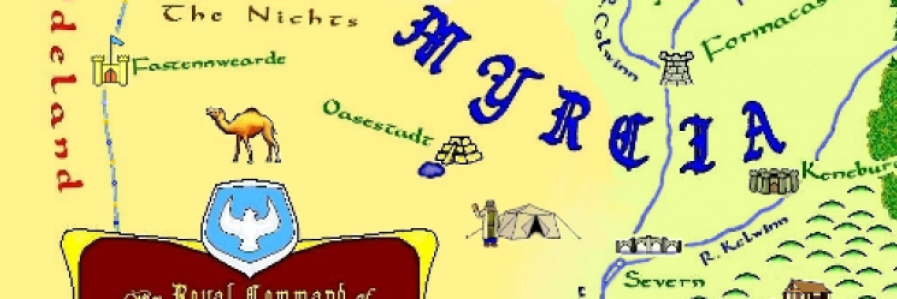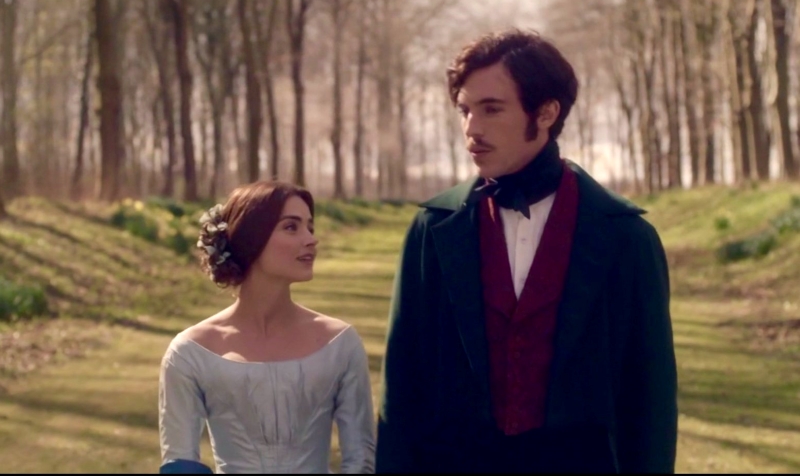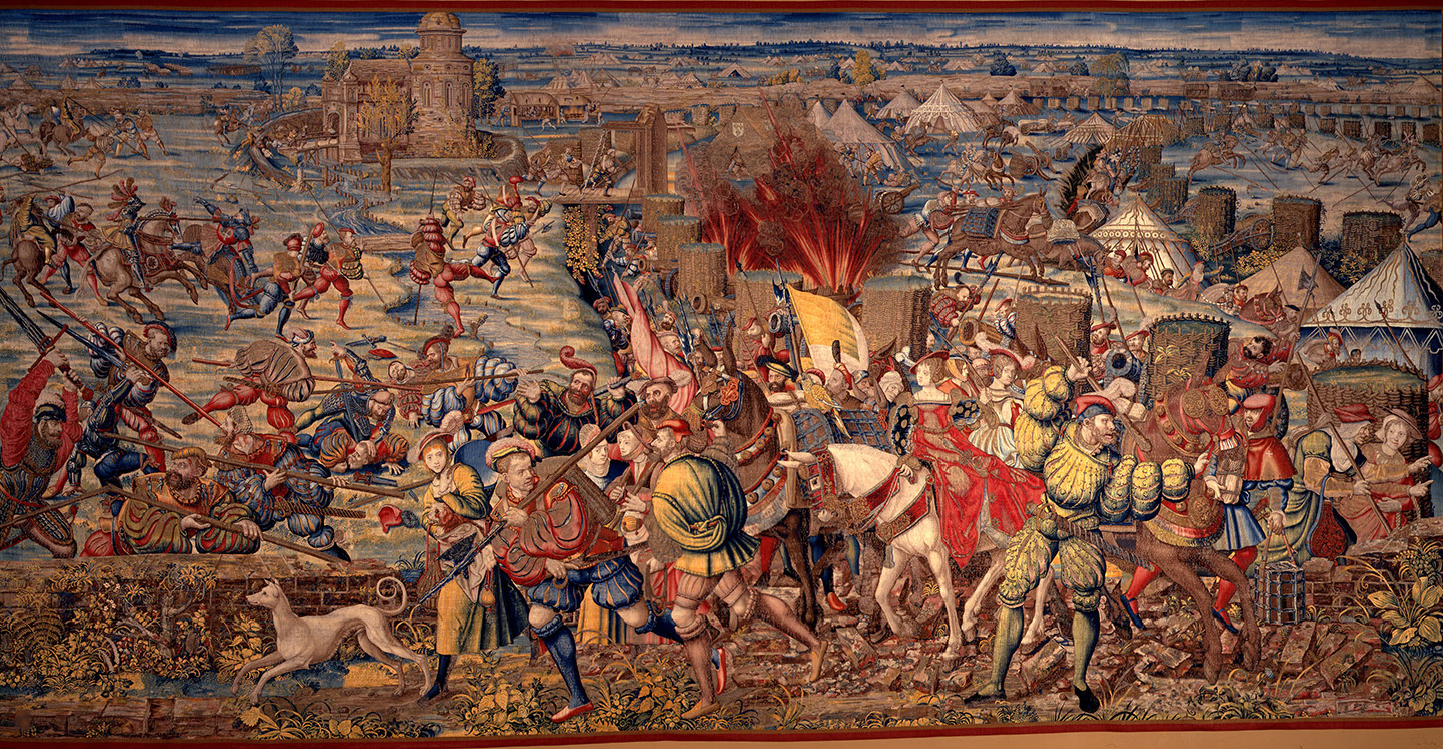Hello, dear readers. The sun is shining here, which I’m enjoying from inside, settled in my favorite comfy chair. Honestly, I’m pretty exhausted, as I spent Wednesday-Friday at the Public Library Association conference. It was exciting for obvious reasons, like all the advanced reader copies (ARCs) I scored from the publishers who were there.

But there were also some surprise highlights, like members of The Ohio State marching band.

Point is, you really never know what to expect from Librarians. We’re a pretty crazy bunch. But that’s not all that has been on my mind lately. I’ve also been thinking a lot about Vikings, and now you’re going to be thinking about them, too. (Aside—Can we make Vikings the next Roman Empire? That would be cool.)
So, just as a general rule, I like Viking history. Actually, I like Medieval history overall, and the Vikings played a big part in that. It’s battles for power and thrones (sounds like a good book title), as well as exploration and the totally underappreciated ability of the Norse people to assimilate everywhere from Kievan Rus to France to England. Thanks to the TV shows Vikings and Vikings: Valhalla, I’ve been inspired to delve into the real history of these folks even more with some great nonfiction books, the best of which I think is The Wolf Age by Tore Skeie, translated by Alison McCullough.
But I recently read another excellent book about the real life of a central character on Vikings: Valhalla, Harald Hardrada, The Last Viking by Don Hollway. I enjoyed the book a great deal, and it got me thinking about what the plan might be for the upcoming third and final season of V:V. Given the arcs that have been set up, there might very well be some shifts in power, (spoiler, King Canute currently reigns over the North Sea Empire), but to whom power might shift and how far into history the show will go, is hard to say with only a limited number of episodes left. But the storyline I’m most interested in (and frightened to see) is what they plan to do with Harald as he reaches the Byzantine Empire.

As I said, given the dramatic arcs the show has been building, I feel like they are heading toward Harald’s attempts to claim the thrones of Norway, Denmark, and England, but I’m not sure how the writers would plan to approach that, because of the blending and compression of time, particularly the fact that in real life, Harald was a generation younger than the other main characters, like Canute, Olaf, and Leif. Anyhow, Season 2 left him on the road to Constantinople, where in real life, he spent about a decade. And what did he do there? Well, that’s the truth I think the show won’t dare show.
According to Hollway, Harald was very close to two Byzantine Empresses—Zoe and Maria. How close? With Zoe, almost certainly very close, if you know what I mean, and I think you do. And with Maria, if not physical, the closeness was real and intense emotionally, but also possibly in that other way. Why do I think the show will shy away from this? I mean, having your hero bang a couple of empresses is exactly the sort of thing a Netflix show ought to go for. And you know what, they might go there, but I’m willing to bet a million dollars that I do not possess that, if they do, an important fact will be left out.
They were both old enough to be his mother.
Actually, Zoe was nearly old enough to be his grandmother.
Because, apparently, Harald liked cougar hunting, if you will forgive the metaphor. Which, honestly, just makes me like him all the more. Not simply because I am a middle-aged woman who likes when the world acknowledges that women this age might still be desirable, but because I love the idea of Harald being attracted to women of experience and power. And think of the character arc—he goes from banging the skinny young thing in the pilot to having years long relationships with women of a certain age.
I would so be here for Harald’s appreciation of mature women, but the show already started to destroy his character in Season 2, and I’m not holding my breath they will fix the problem in Season 3. As I mentioned at the time, the show took Harald from being a clever man who could talk anyone into anything in Season 1, to being an incompetent himbo in Season 2. And as I’ve learned from the Hollway book, the Season 1 portrayal is much more accurate. Harald was incredibly wily, as well as a poet, a trait much admired by the Norse people. In fact, for folks who watched the original Vikings series, remember how in Season 3 Ragnar sneaks into Paris by pretending to have died and hiding in his own coffin? Harald pulled that trick for real to capture a city, because he was just that cunning.
The real Harald is an utterly fascinating guy, and that should be enough for me. There are books and the true history to delve into. But I can’t help being irrationally annoyed that V:V has made him less interesting already, and will likely make him even less awesome in the final season. Apparently, the writers just can’t handle the truth*.
~S
*Yes. I appreciate that history in this era can be hard to pin down, so some of Hollway’s book is the historian’s best guess. But tell me his guess wouldn’t make awesome TV drama, and I’ll call you a liar. Point is, when this version of Harald is an option, I don’t understand opting for something less compelling.






